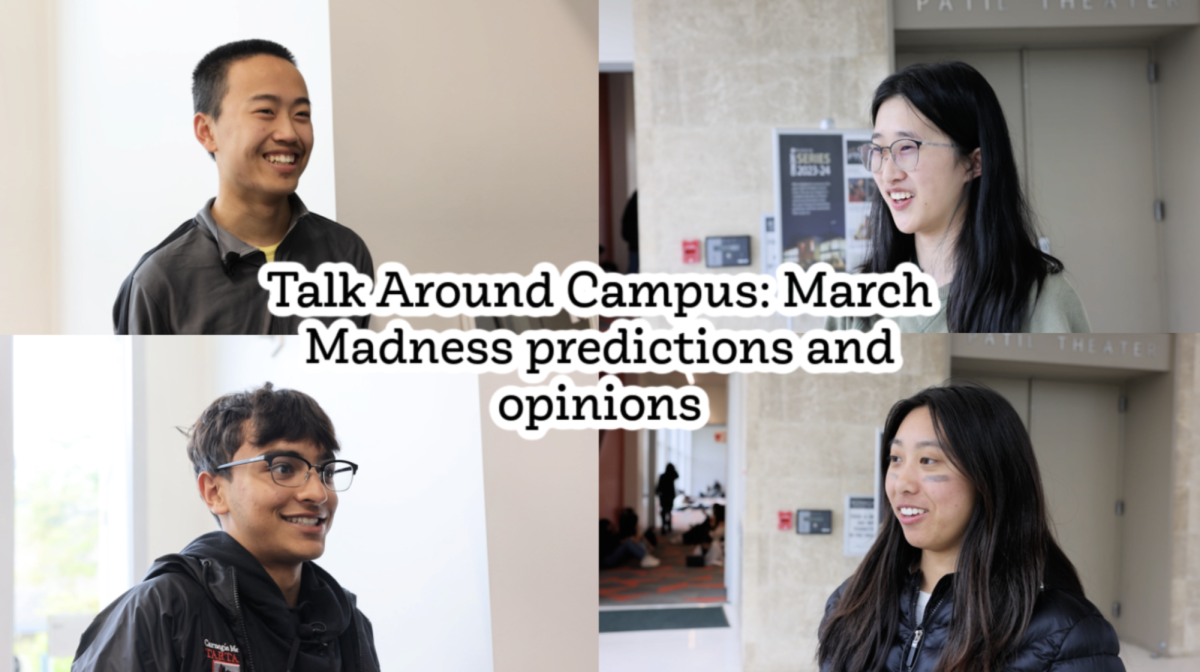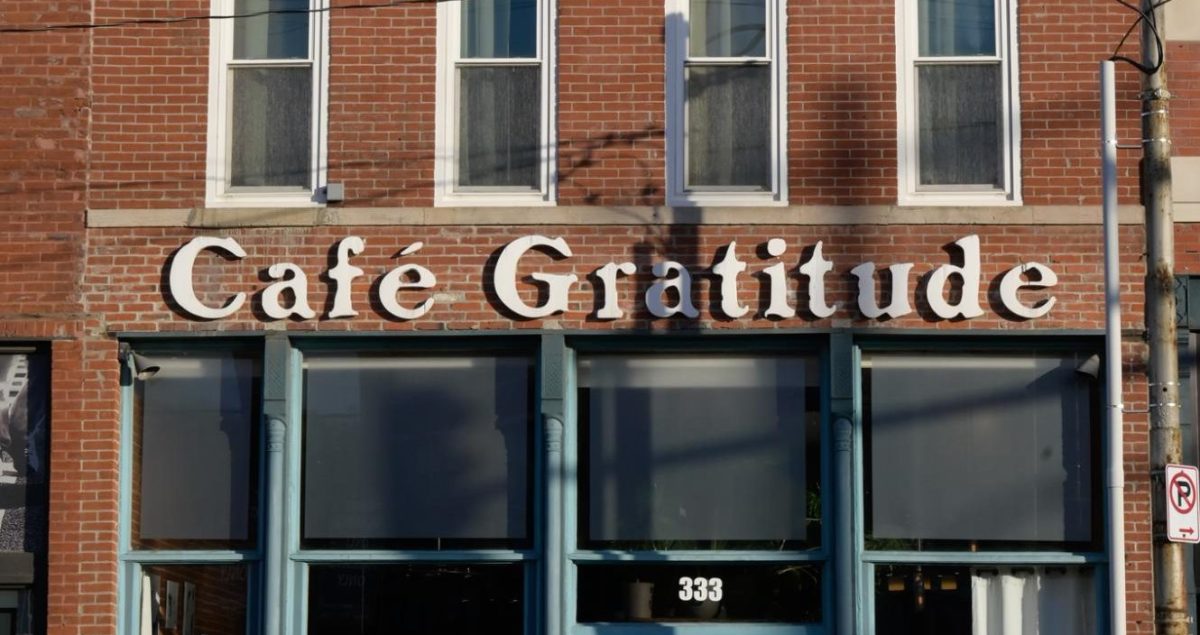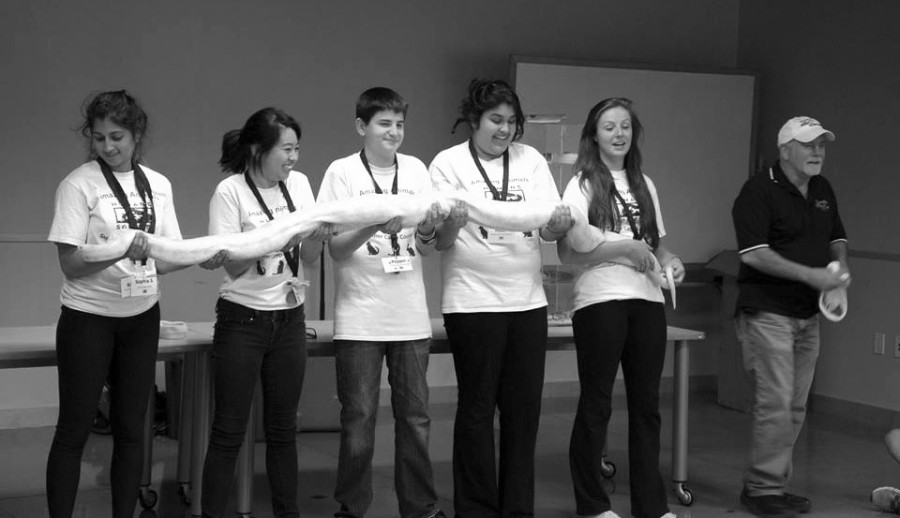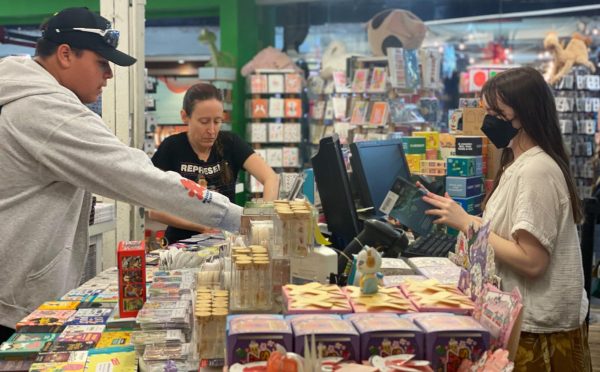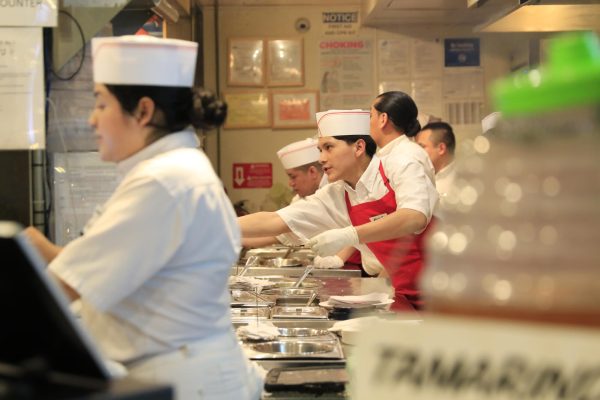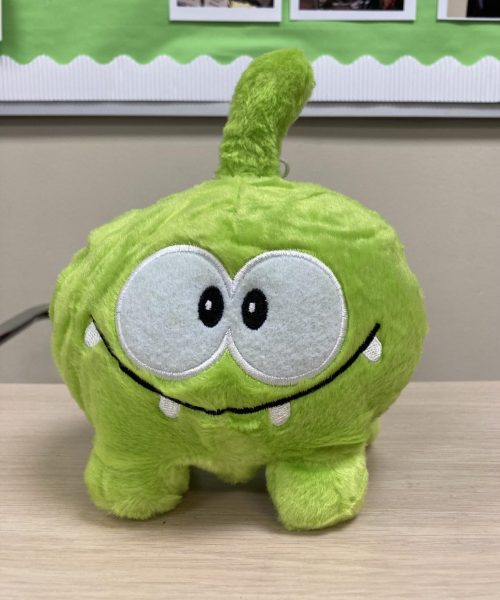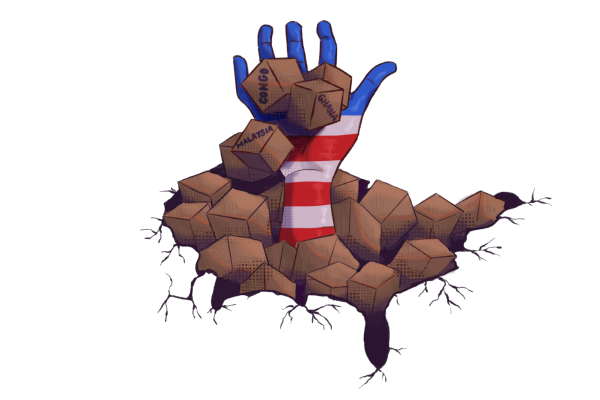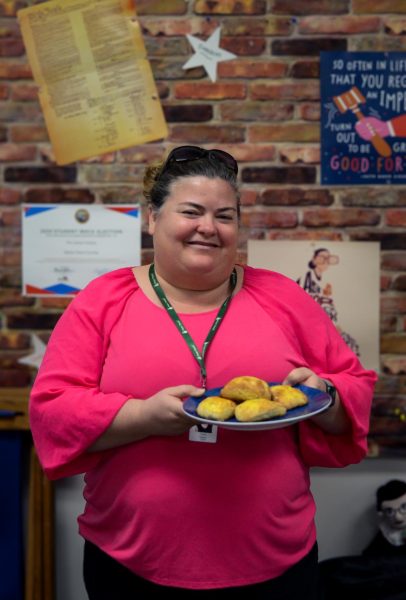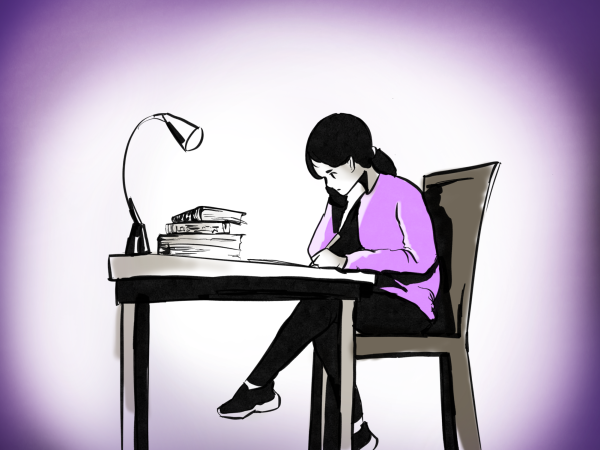Students take on summer community service projects
Many upper school students traveled near and far this summer, volunteering their time towards philanthropic efforts.
Junior Rohan Desikan traveled to the Indian states of Orissa, Madhya Pradesh, Jharkand and Bihar this summer with other India Literacy Project (ILP) volunteers in an effort to advocate literacy and keeping children in school. The ILP emphasizes the enrollment of children in schools, livelihood training, and community empowerment.
Through assisting his mother, an ILP volunteer for almost ten years, at events, he has become increasingly involved in the organization. When ILP formed its own youth group, consisting of students from various high schools in the Bay Area, he was eager to join.
His experiences visiting rural Indian villages have also caused him to gain a new appreciation for standard educational expectations in the United States.
“The very first time I visited a village, four years ago, I was astounded at what I saw. [ …] Now, I have become used to what I see, but there are still certain episodes that amaze me,” he said. “For example, this year in a school in a village in Bihar, we asked a girl who was in fifth grade what state she was in. She smiled and looked away; she was not able to answer. Although the expectations are not set that high for these villages, it is still troubling how in some places they are still not met.”
Though many villages appear to have obstacles too large to overcome, over time, the results of the ILP and its volunteers’ work can be felt. For instance, the first village Rohan visited in Orissa had a tiny school in a hut with barely any attendance. Over three years, a fully functioning school was built in the same village, and attendance has risen greatly.
“It is this change that I want to see happen in each village in India,” Rohan said.
Like Rohan, senior Samantha Madala also traveled to India this summer, screening students for health problems that can impact learning. Following her experience as a hypothyroidism patient, Samantha realized the important correlation between health and school performance. The experience led her to start the Healthy Scholars Foundation, a nonprofit organization that helps students reach their full potential without having to be held back by health problems. Through screening, treatment, awareness and research, the organization works to remove health barriers to education by helping students achieve the physical health needed to succeed in the classroom. With help from partner organizations such as the NICE Hospital and the L.V. Prasad Eye Institute, Healthy Scholars has been able to provide free or affordable treatment options to hundreds of children for visual, auditory, thyroid, and dental problems.
This summer, the organization created and implemented a girls’ health curriculum at the Kasturba School in Varni, India. As girls in rural areas miss as much as a week of school per month, Healthy Scholars aims to provide them with resources to better manage their menstrual health. They also screened another 1000 children and established a full-time and mobile health clinic to provide health exams and treatment throughout the year. The foundation has raised more than $130,000 and recently received a $250,000 grand from the Hans Foundation.
“Through my work, I’ve become much more aware of global health disparities, and I aim to continue working to improve health in low-income communities,” Samantha said.
Traveling across the world to help others, though, is not necessary, as many students continue making a difference by working with Bay Area organizations that they support during the year.
Sophomore May Gao volunteered at the Veterans Affairs Palo Alto facility, over the summer, as well as at the Bay Area Youth Music Society (BAYMS), where she regularly volunteers during the year. Hearing about the VA from her father, who works there, she decided to volunteer and worked on completing a filing project in the Volunteer Office as well as escorting patients on wheelchairs and gurneys between buildings.
At BAYMS, a nonprofit organization that nurtures children’s love of classical music and emphasizes giving back to the community, May took part in performing solos and ensemble pieces at various senior centers.
“I have come to appreciate how heavily only a small fraction of my time can positively impact others and how I can share my love for music with those who do not have the luxury of hearing live music every day,” said May.
Also continuing their volunteer work to forward their passions, Animal Club co-president Nikita Ramoji (11) and treasurer Ankita Sharma (11) both worked as counselors for the Humane Society’s summer camp, interacting with both kids and animals. While the pair volunteered as counselors for two weeks, Nikita has been volunteering with the Humane Society for a while now.
“The Humane Society is one of the best organizations working to help animals because they take care of most of the health concerns of the animals they take in and run tests to ensure that none of these animals have serious behavioral problems,” she said. “Also, they socialize with all of the animals to make sure they’re comfortable with people.”
Freshmen through junior students are required to complete ten hours of volunteer service per year.
Many Upper School students traveled near and far this summer, volunteering their time towards philanthropic efforts.
Junior Rohan Desikan traveled to the Indian states of Orissa, Madhya Pradesh, Jharkand and Bihar with other India Literacy Project (ILP) volunteers in an effort to advocate literacy and keeping children in school.
Through assisting his mother, an ILP volunteer for almost ten years, he has become increasingly involved in the organization. His experiences visiting rural Indian villages have also caused him to gain a new appreciation for standard educational expectations in the United States.
“This year in a school in a village in Bihar, we asked a girl who was in fifth grade what state she was in,” he said. “She smiled and looked away; she was not able to answer. Although the expectations are not set that high for these villages, it is still troubling how in some places they are still not met.”
Though many villages appear to have obstacles too large to overcome, over time, the results of the ILP and its volunteers’ work can be felt. For instance, the first village Rohan visited in Orissa had a tiny school in a hut with barely any attendance. Over three years, a fully functioning school was built in the same village, and attendance has risen greatly.
“It is this change that I want to see happen in each village in India,” Rohan said.
Like Rohan, Samantha Madala (12) also traveled to India this summer to screen students for health problems that can impact learning. Following her experience as a hypothyroidism patient, Samantha started the Healthy Scholars Foundation, a nonprofit organization that helps students reach their full potential despite health problems. With help from partner organizations, they have provided free or affordable treatment options to hundreds of children.
This summer, the organization created and implemented a girls’ health curriculum at the Kasturba School in Varni, India. As girls in rural areas miss as much as a week of school per month, Healthy Scholars aims to provide them with resources to better manage their menstrual health. They also screened another 1000 children and established a health clinic to provide health exams and treatment throughout the year. The foundation has raised more than $130,000 and recently received a $250,000 grant from the Hans Foundation.
“Through my work, I’ve become much more aware of global health disparities, and I aim to continue working to improve health in low-income communities,” Samantha said.
Traveling across the world to help others, though, is not necessary, as many students continue making a difference by working with Bay Area organizations that they support during the year.
Sophomore May Gao volunteered at the Veterans Affairs Palo Alto facility over the summer, as well as at the Bay Area Youth Music Society (BAYMS), where she regularly volunteers. Hearing about the VA from her father, who works there, she decided to volunteer and worked on completing a filing project as well as escorting patients on wheelchairs and gurneys between buildings.
At BAYMS, a nonprofit organization that nurtures children’s love of classical music, May took part in performing solos and ensemble pieces at various senior centers.
“I have come to appreciate how heavily only a small fraction of my time can positively impact others and how I can share my love for music with those who do not have the luxury of hearing live music every day,” said May.
Also continuing their volunteer work to forward their passions, Animal Club co-president Nikita Ramoji (11) and treasurer Ankita Sharma (11) both worked as counselors for the Humane Society’s summer camp, interacting with both kids and animals. While the pair volunteered as counselors for two weeks, Nikita has been volunteering with the Humane Society for a while now.
“The Humane Society takes care of most of the health concerns of the animals they take in and runs tests to ensure that none of these animals have serious behavioral problems,” she said. “Also, they socialize with all of the animals to make sure they’re comfortable with people.”
Freshmen through junior students are required to complete ten hours of volunteer service per year.
This piece was originally published in the pages of The Winged Post on August 29, 2014.
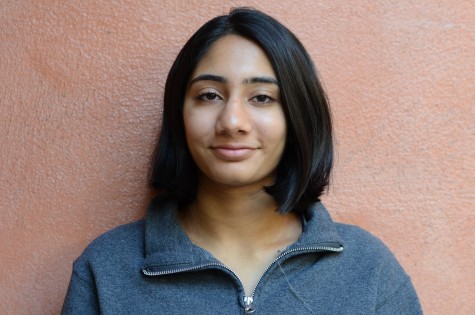
Kavya Ramakrishnan (12) is the managing editor of the Winged Post. This is her fourth year on staff, having previously held the positions of reporter and...































![Setter Emma Lee (9) sets the ball to the middle during the match against Pinewood on Sept. 12. “[I’m looking forward to] getting more skilled, learning more about my position and also becoming better friends with all of my teammates, Emma said.](https://harkeraquila.com/wp-content/uploads/2023/09/DSC_4917-2-1200x795.jpg)








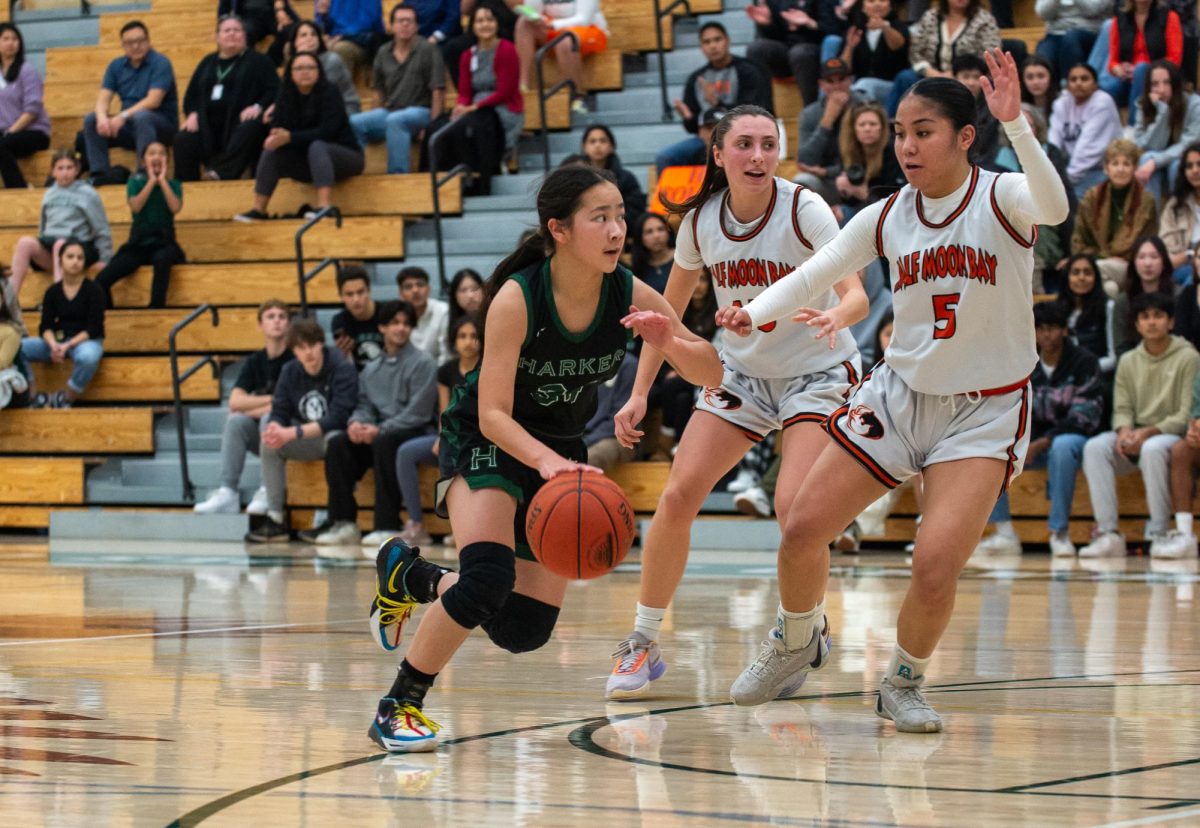























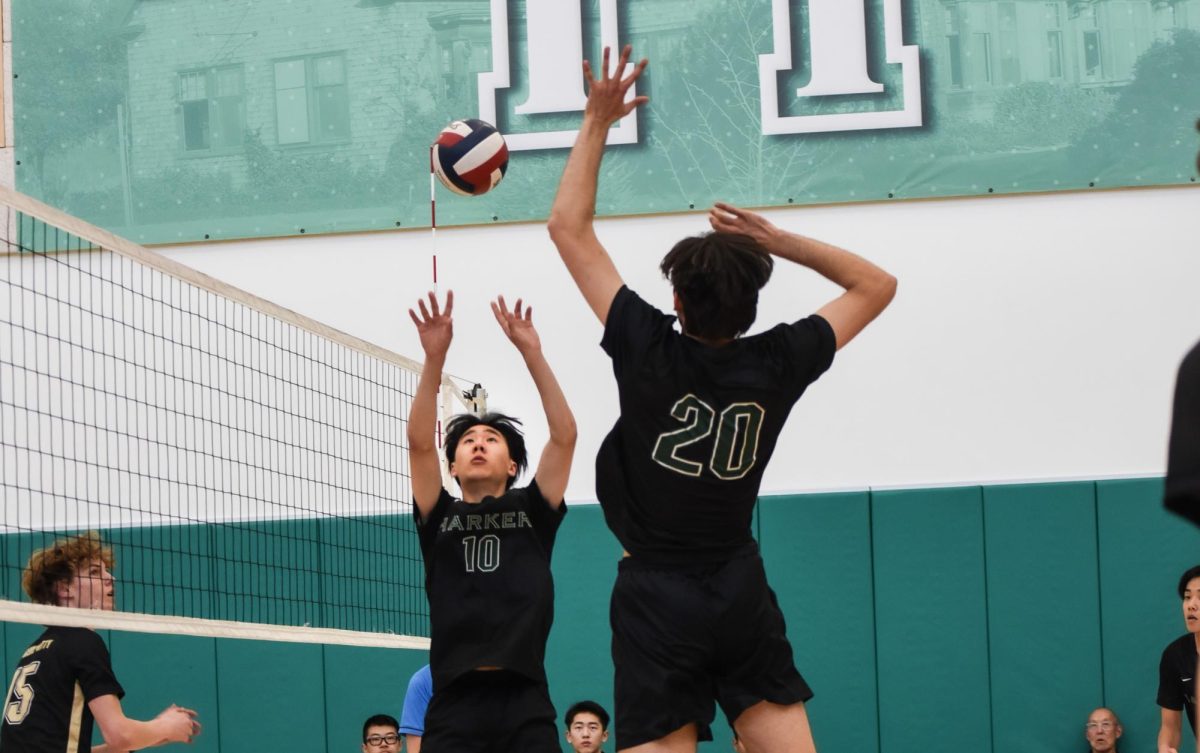
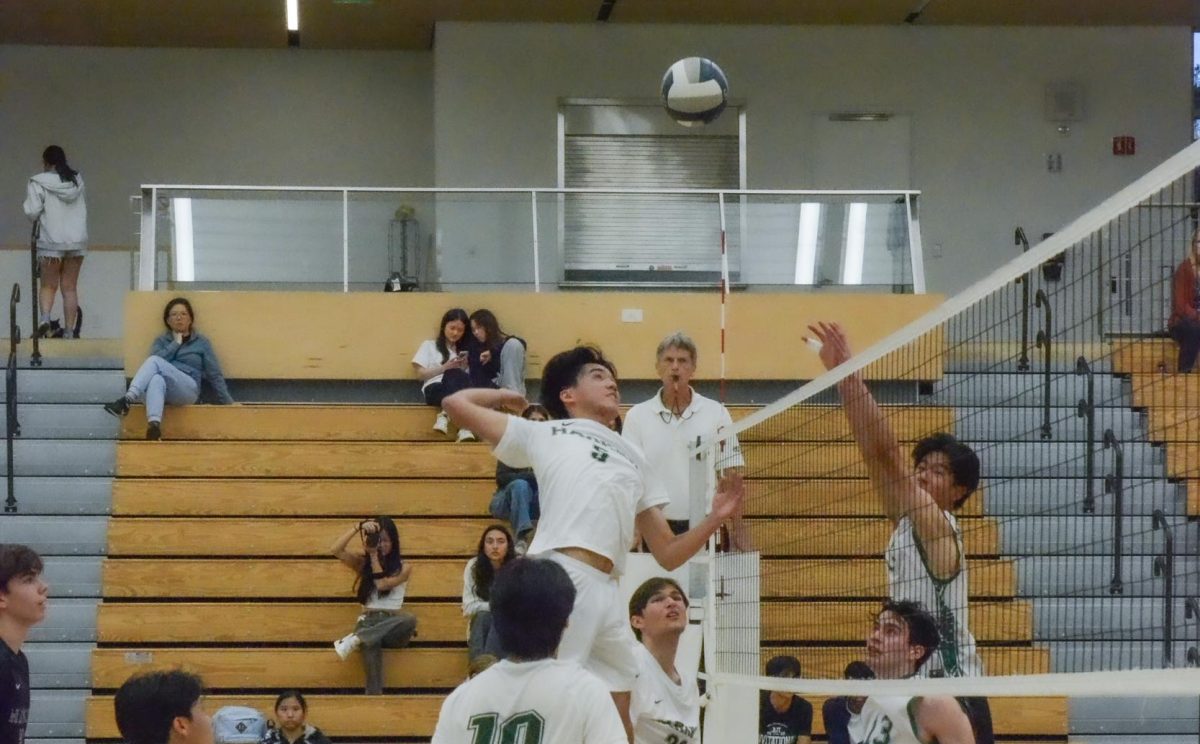

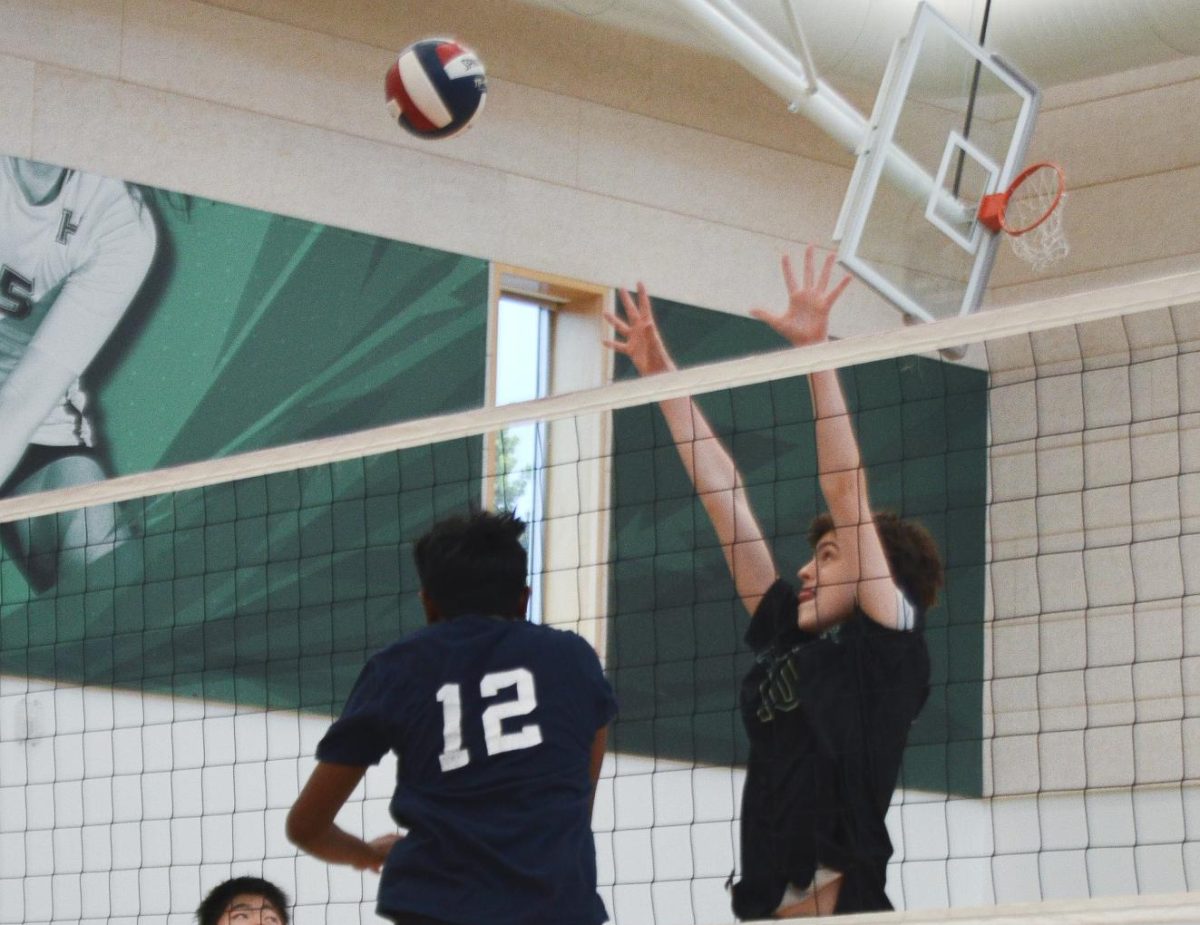
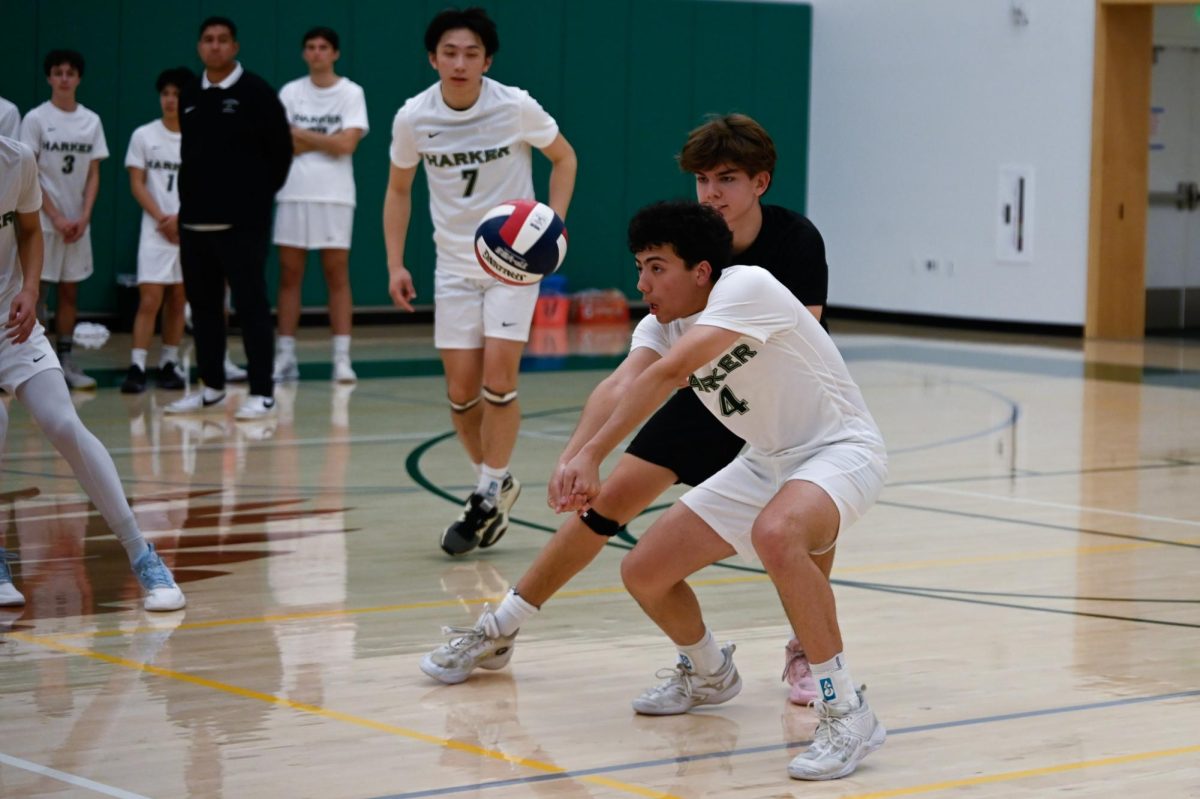




























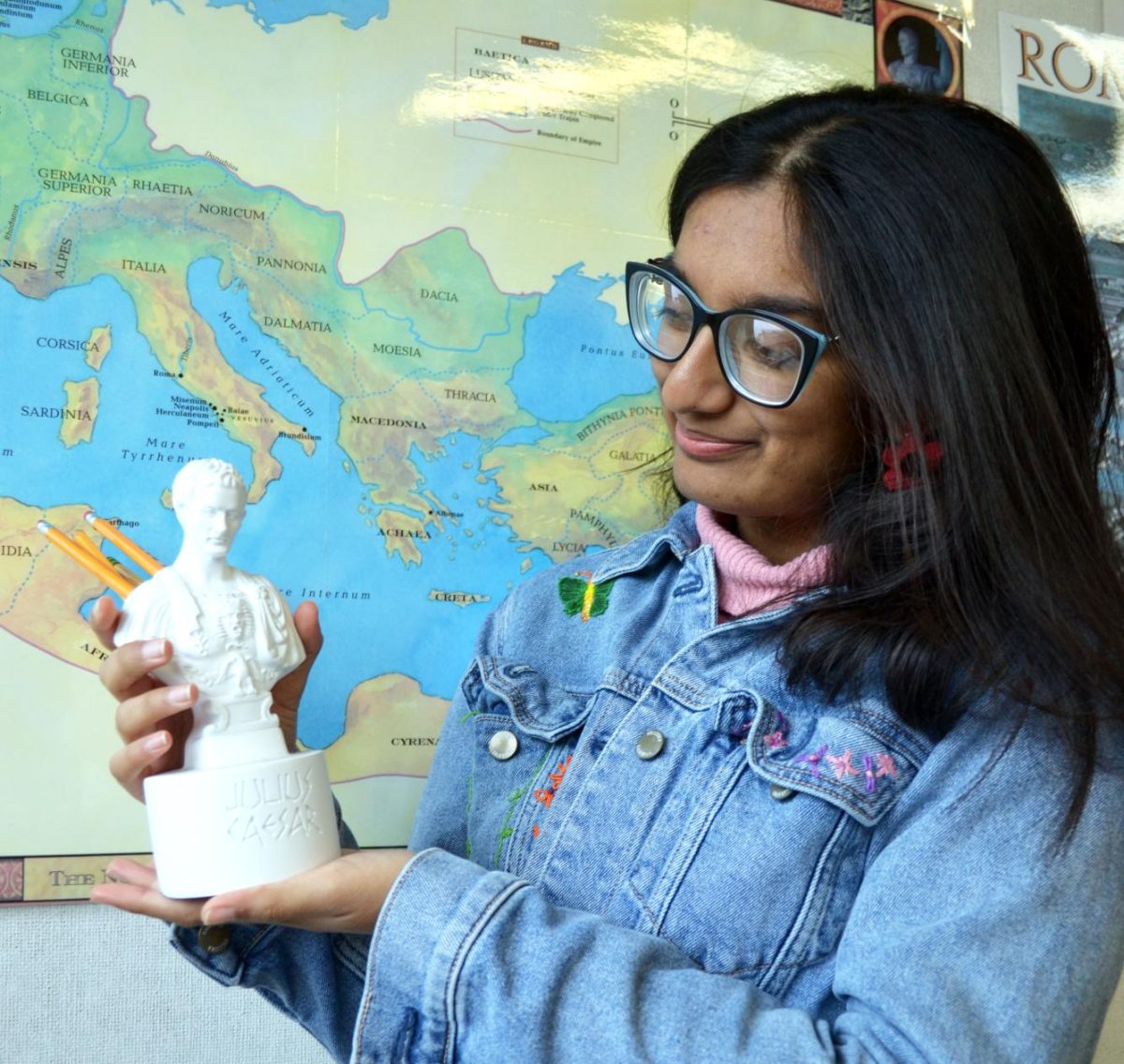
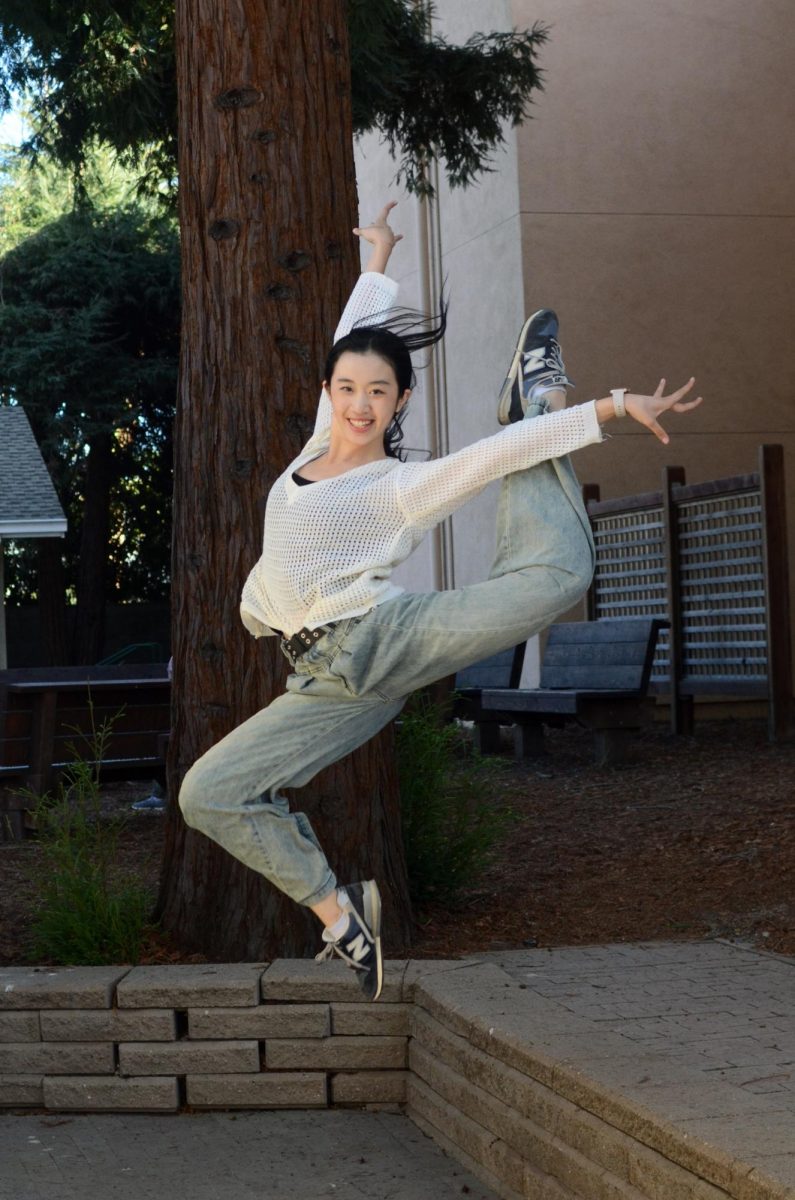
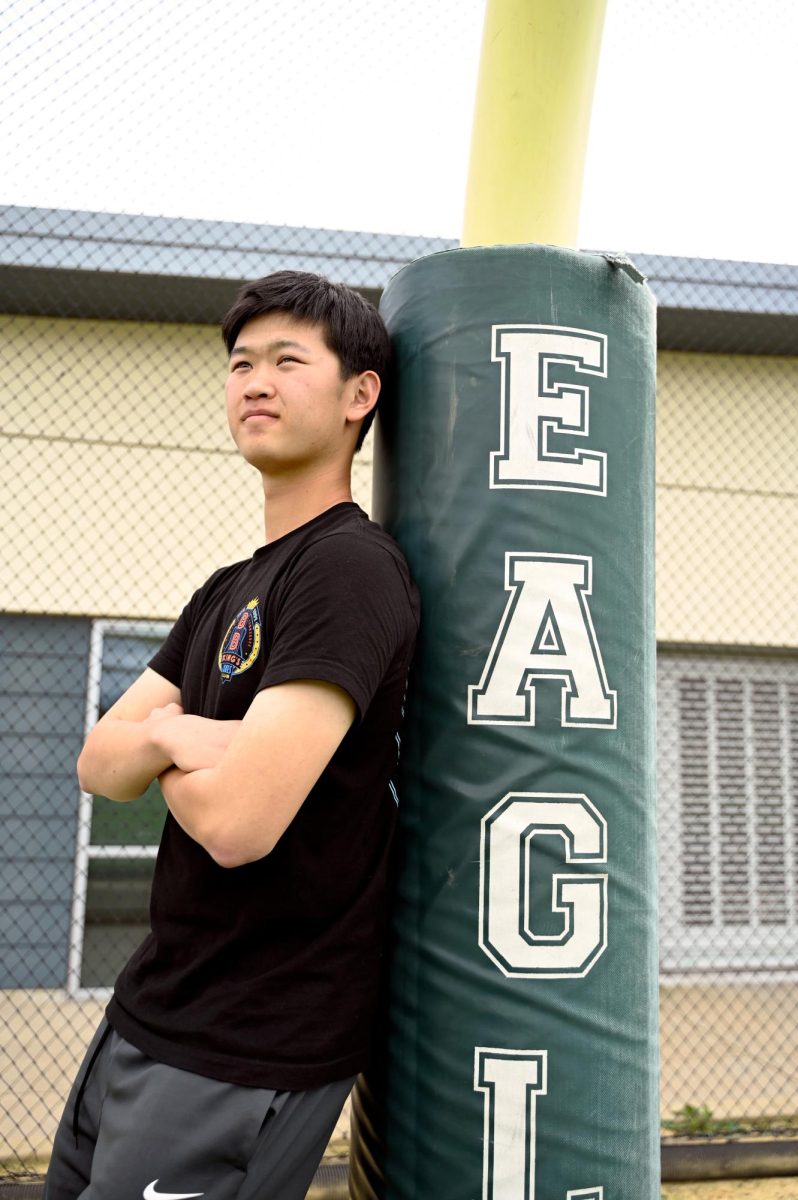
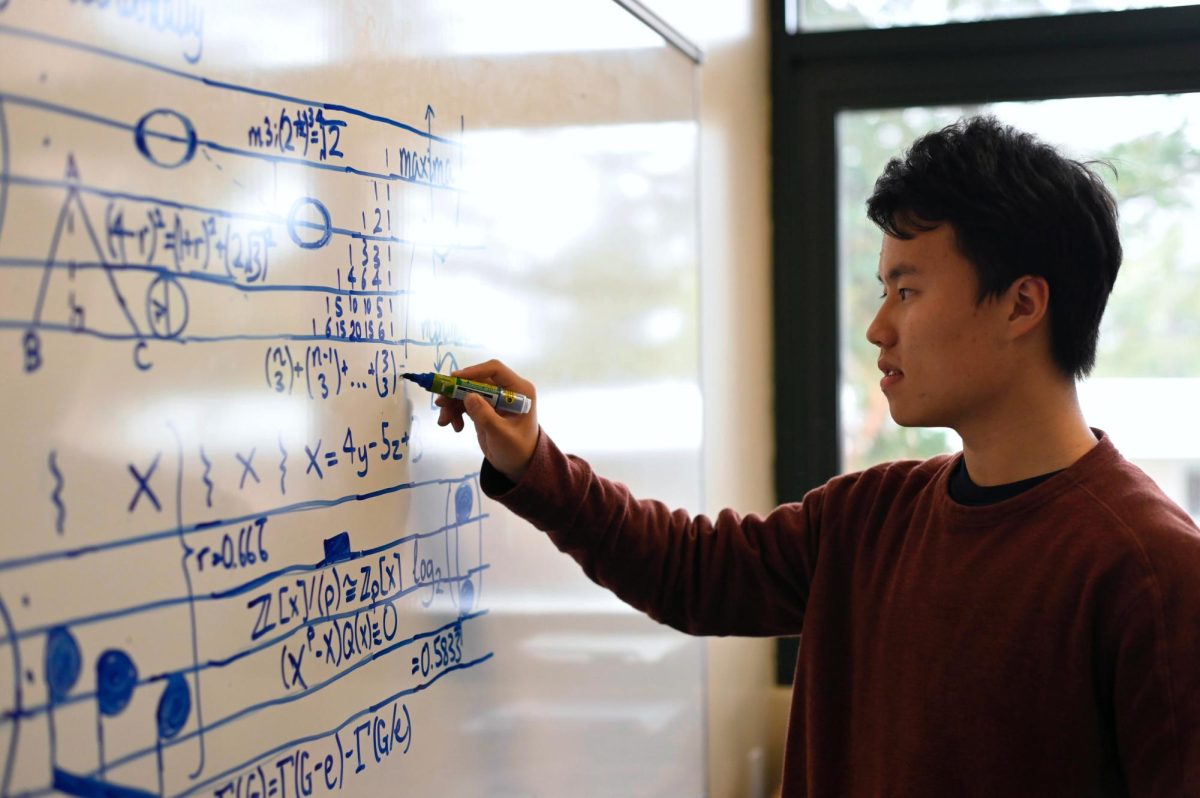
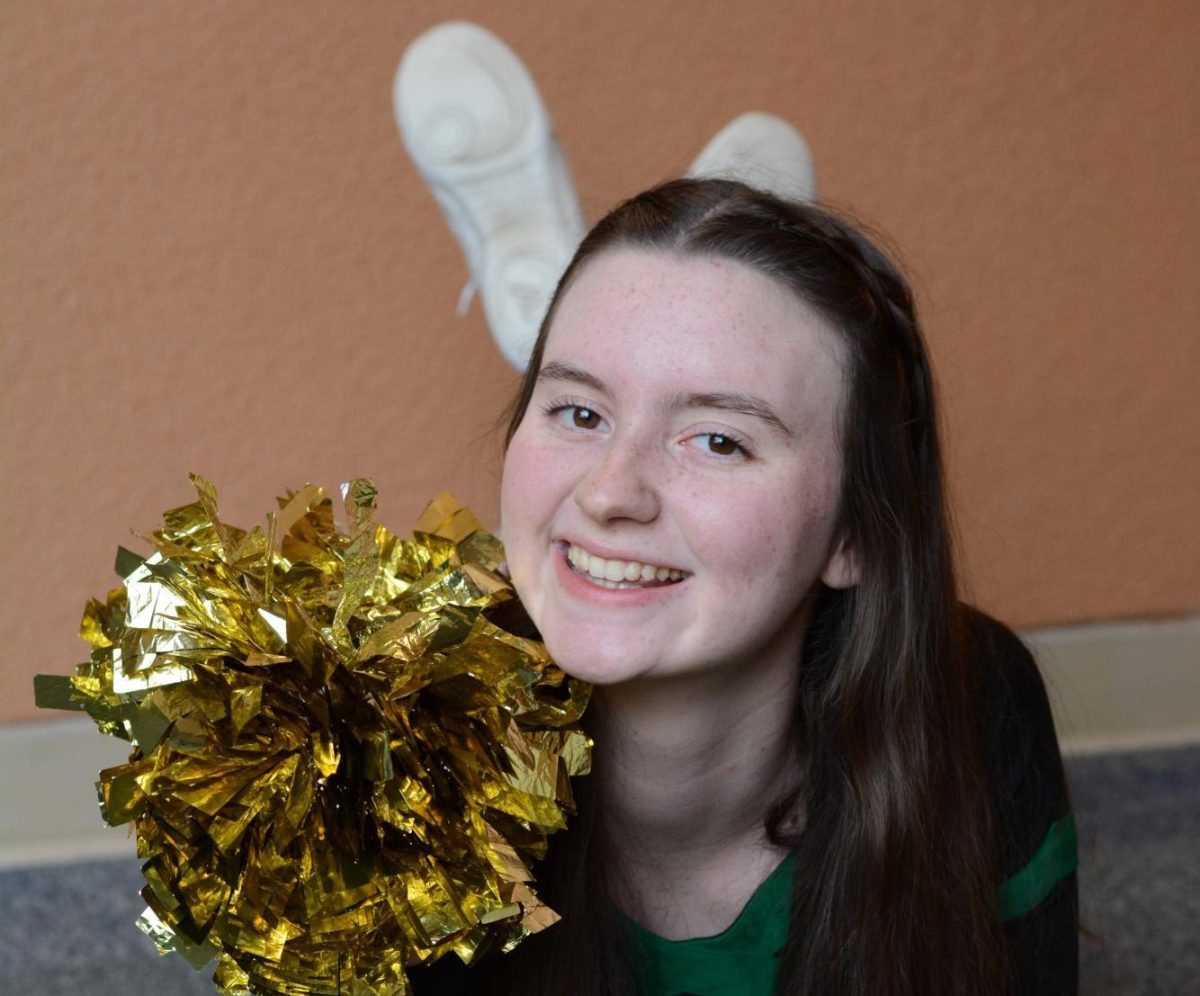








![“[Building nerf blasters] became this outlet of creativity for me that hasnt been matched by anything else. The process [of] making a build complete to your desire is such a painstakingly difficult process, but Ive had to learn from [the skills needed from] soldering to proper painting. Theres so many different options for everything, if you think about it, it exists. The best part is [that] if it doesnt exist, you can build it yourself, Ishaan Parate said.](https://harkeraquila.com/wp-content/uploads/2022/08/DSC_8149-900x604.jpg)


![“Animation just clicked in a way. I had been interested in art, but that felt different. [Animation] felt like it had something behind it, whereas previous things felt surface level. I wasnt making that crazy of things, but just the process of doing it was much more enjoyable, Carter Chadwick (22) said.](https://harkeraquila.com/wp-content/uploads/2022/08/Screen-Shot-2022-08-16-at-9.44.08-AM-900x598.png)


![“When I came into high school, I was ready to be a follower. But DECA was a game changer for me. It helped me overcome my fear of public speaking, and its played such a major role in who Ive become today. To be able to successfully lead a chapter of 150 students, an officer team and be one of the upperclassmen I once really admired is something Im [really] proud of,” Anvitha Tummala (21) said.](https://harkeraquila.com/wp-content/uploads/2021/07/Screen-Shot-2021-07-25-at-9.50.05-AM-900x594.png)



![“[Volleyball has] taught me how to fall correctly, and another thing it taught is that you don’t have to be the best at something to be good at it. If you just hit the ball in a smart way, then it still scores points and you’re good at it. You could be a background player and still make a much bigger impact on the team than you would think,” Anya Gert (’20) said.](https://harkeraquila.com/wp-content/uploads/2020/06/AnnaGert_JinTuan_HoHPhotoEdited-600x900.jpeg)

![“Im not nearly there yet, but [my confidence has] definitely been getting better since I was pretty shy and timid coming into Harker my freshman year. I know that theres a lot of people that are really confident in what they do, and I really admire them. Everyones so driven and that has really pushed me to kind of try to find my own place in high school and be more confident,” Alyssa Huang (’20) said.](https://harkeraquila.com/wp-content/uploads/2020/06/AlyssaHuang_EmilyChen_HoHPhoto-900x749.jpeg)













![“My slogan is ‘slow feet, don’t eat, and I’m hungry.’ You need to run fast to get where you are–you arent going to get those championships if you arent fast,” Angel Cervantes (12) said. “I want to do well in school on my tests and in track and win championships for my team. I live by that, [and] I can do that anywhere: in the classroom or on the field.”](https://harkeraquila.com/wp-content/uploads/2018/06/DSC5146-900x601.jpg)

![“I think getting up in the morning and having a sense of purpose [is exciting]. I think without a certain amount of drive, life is kind of obsolete and mundane, and I think having that every single day is what makes each day unique and kind of makes life exciting,” Neymika Jain (12) said.](https://harkeraquila.com/wp-content/uploads/2017/06/Screen-Shot-2017-06-03-at-4.54.16-PM.png)







